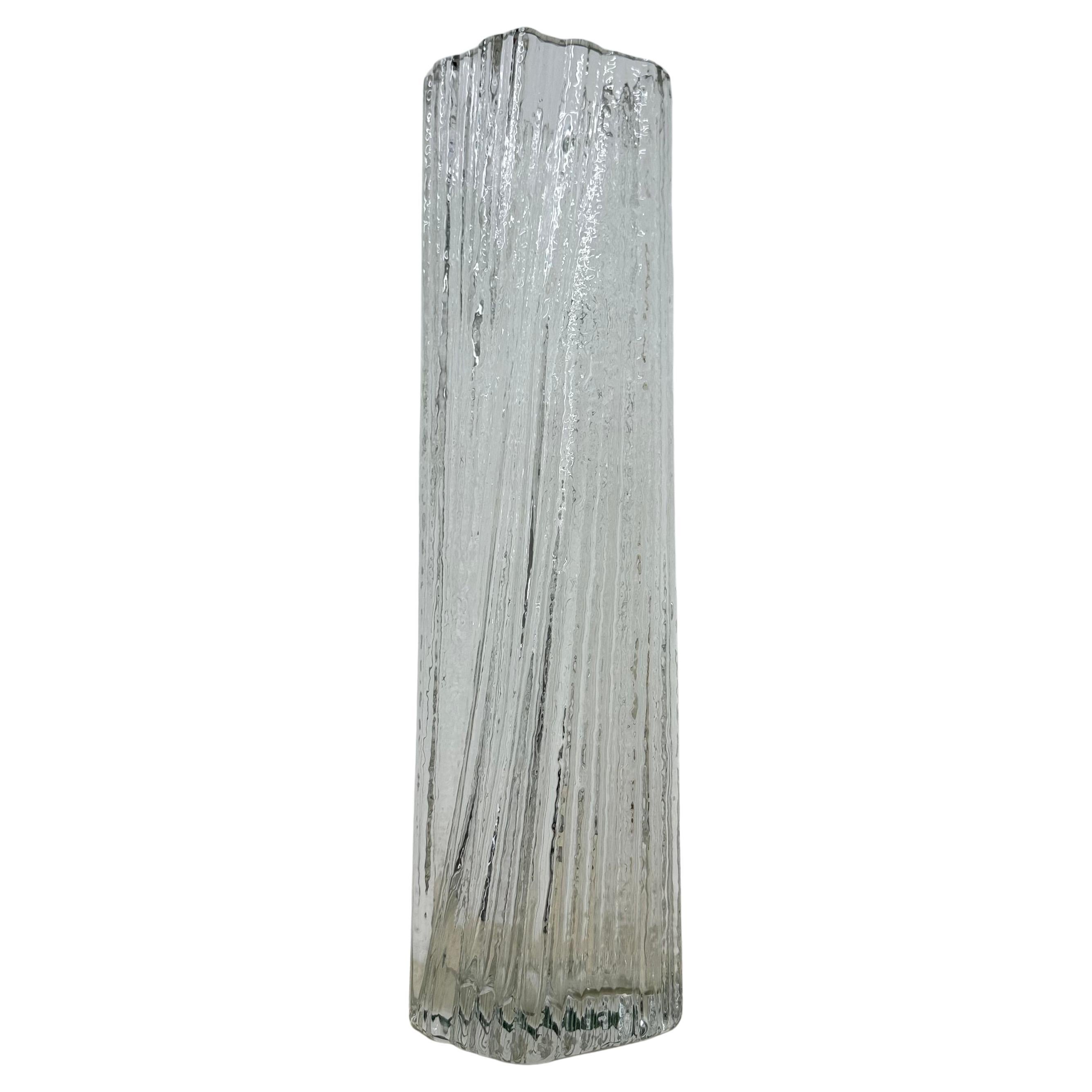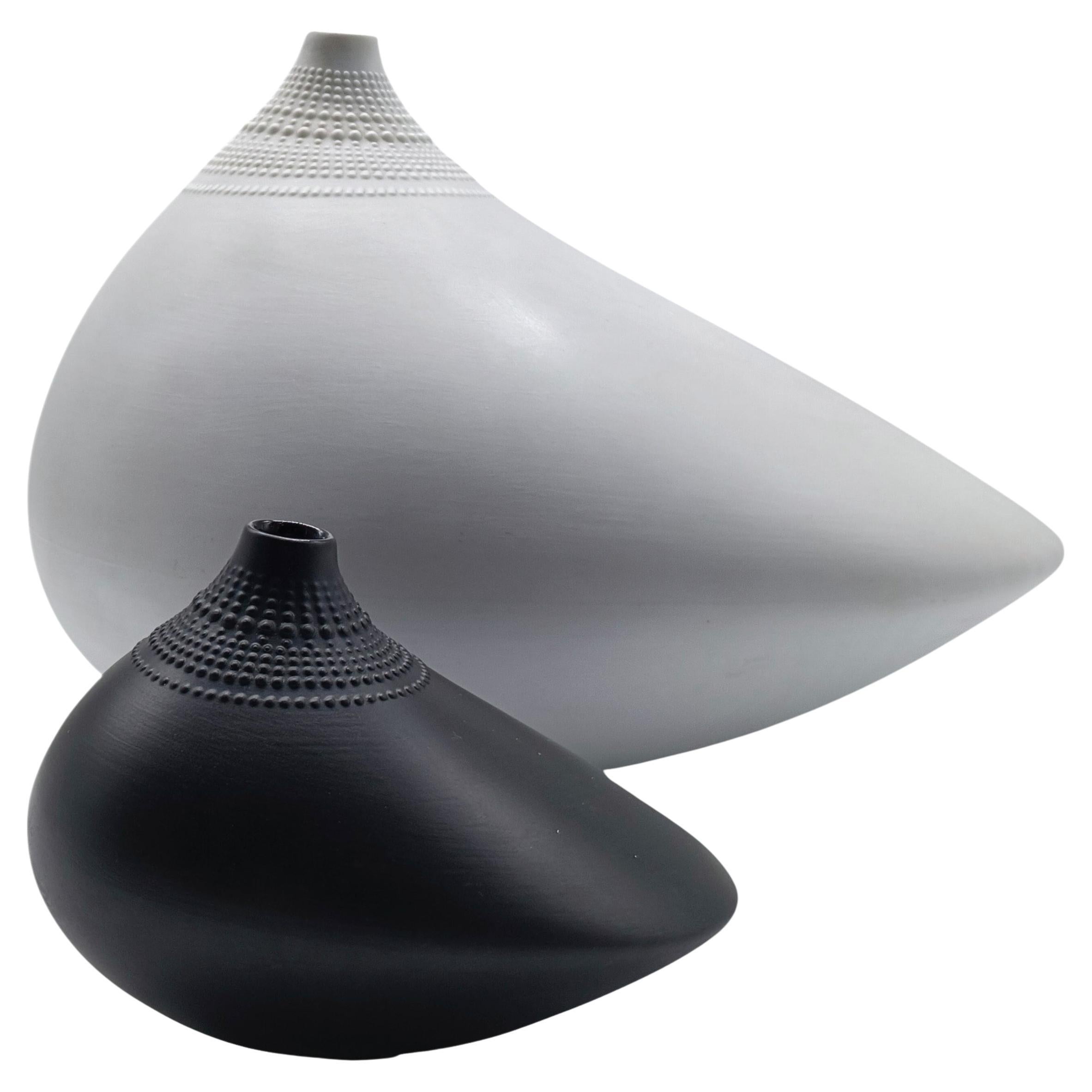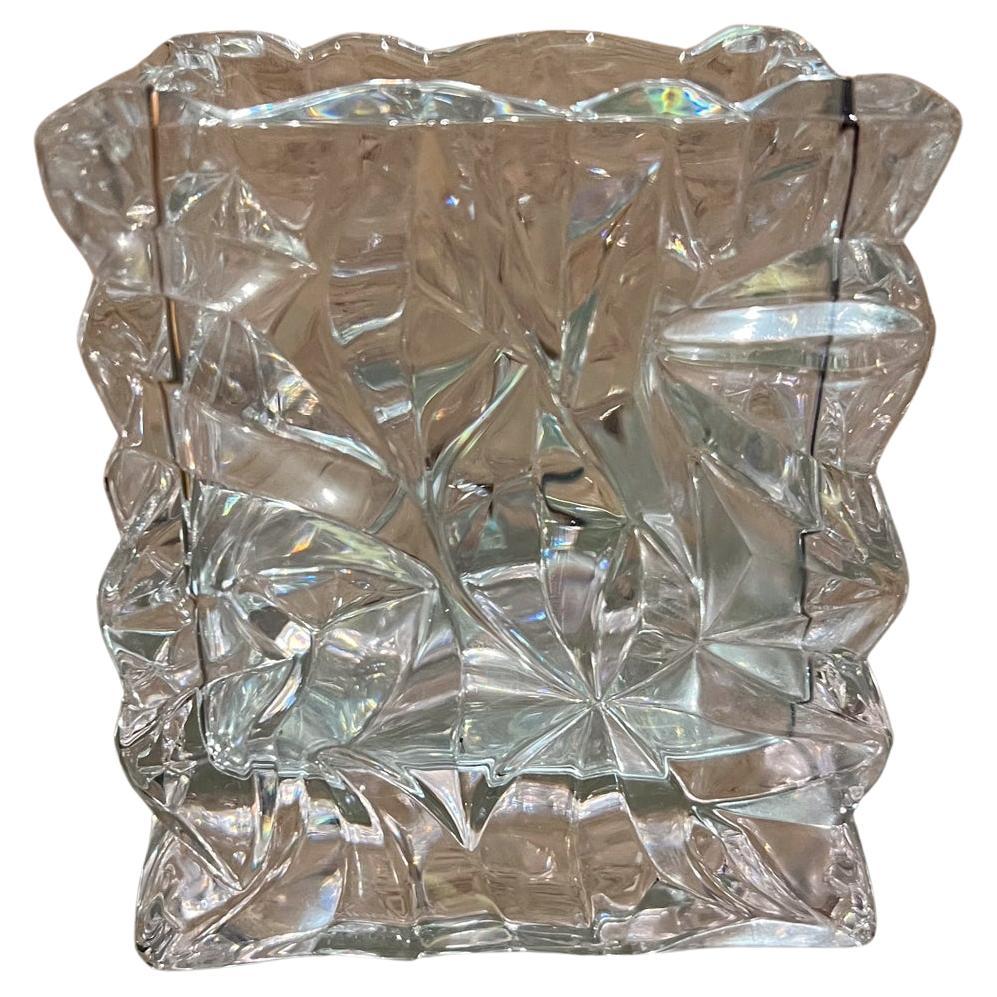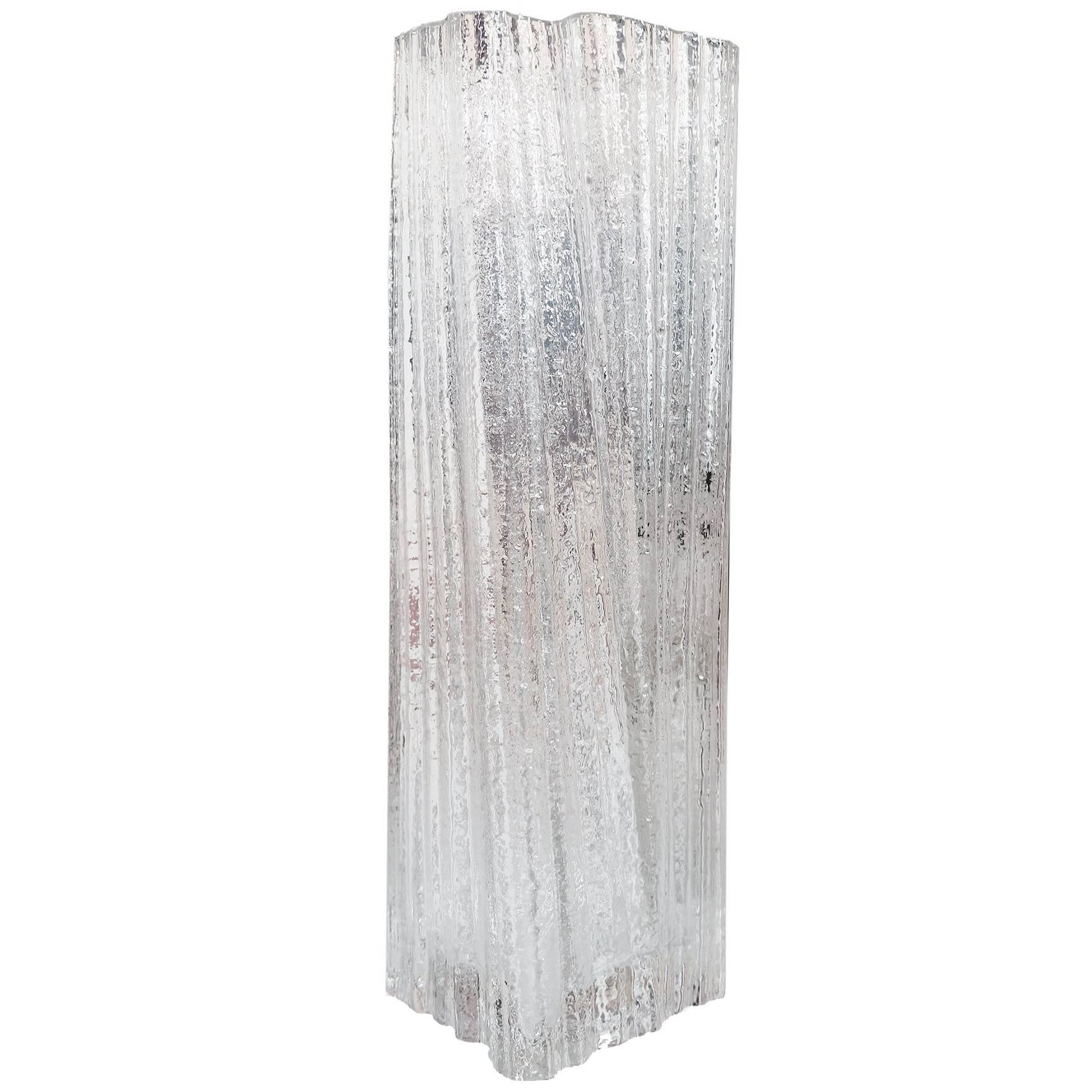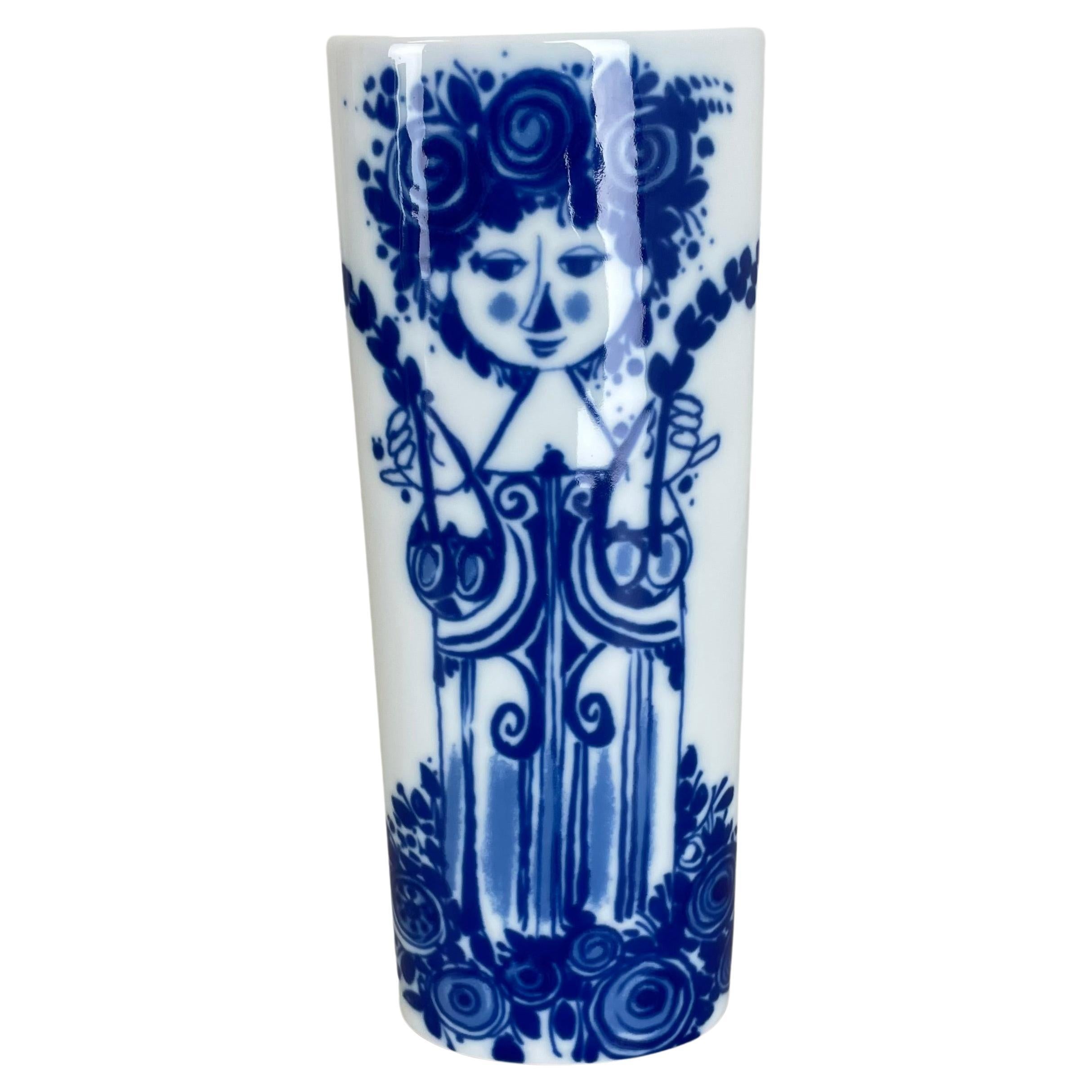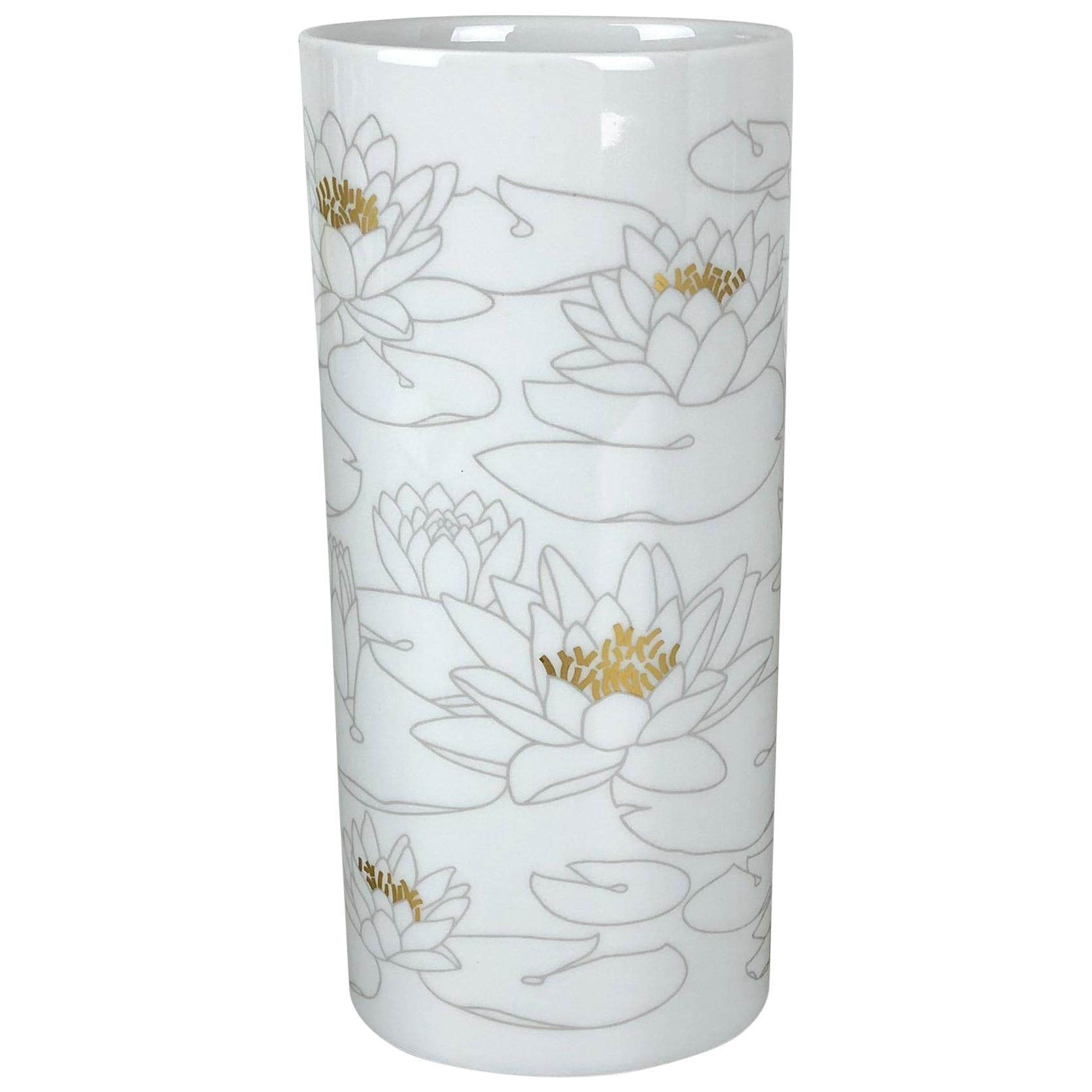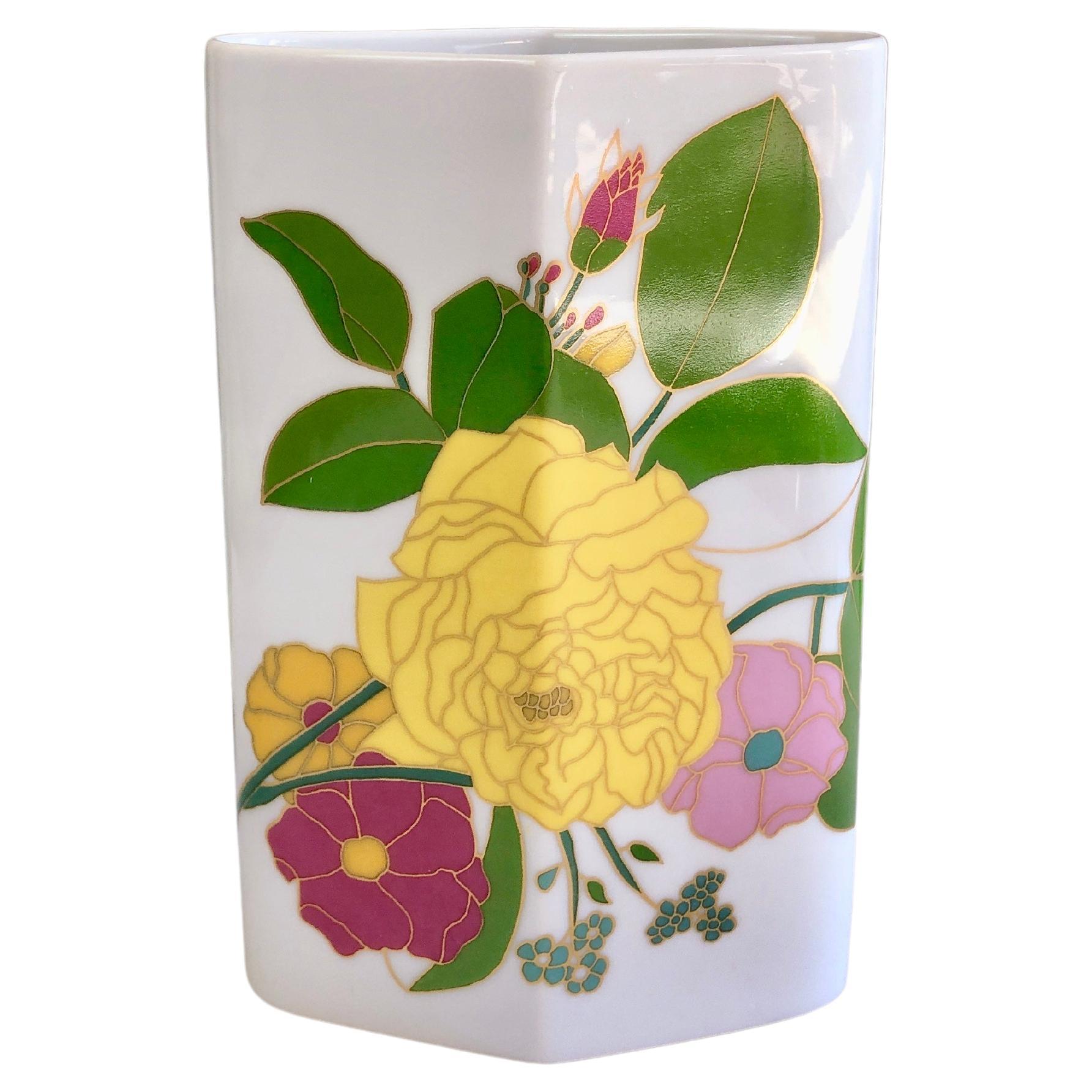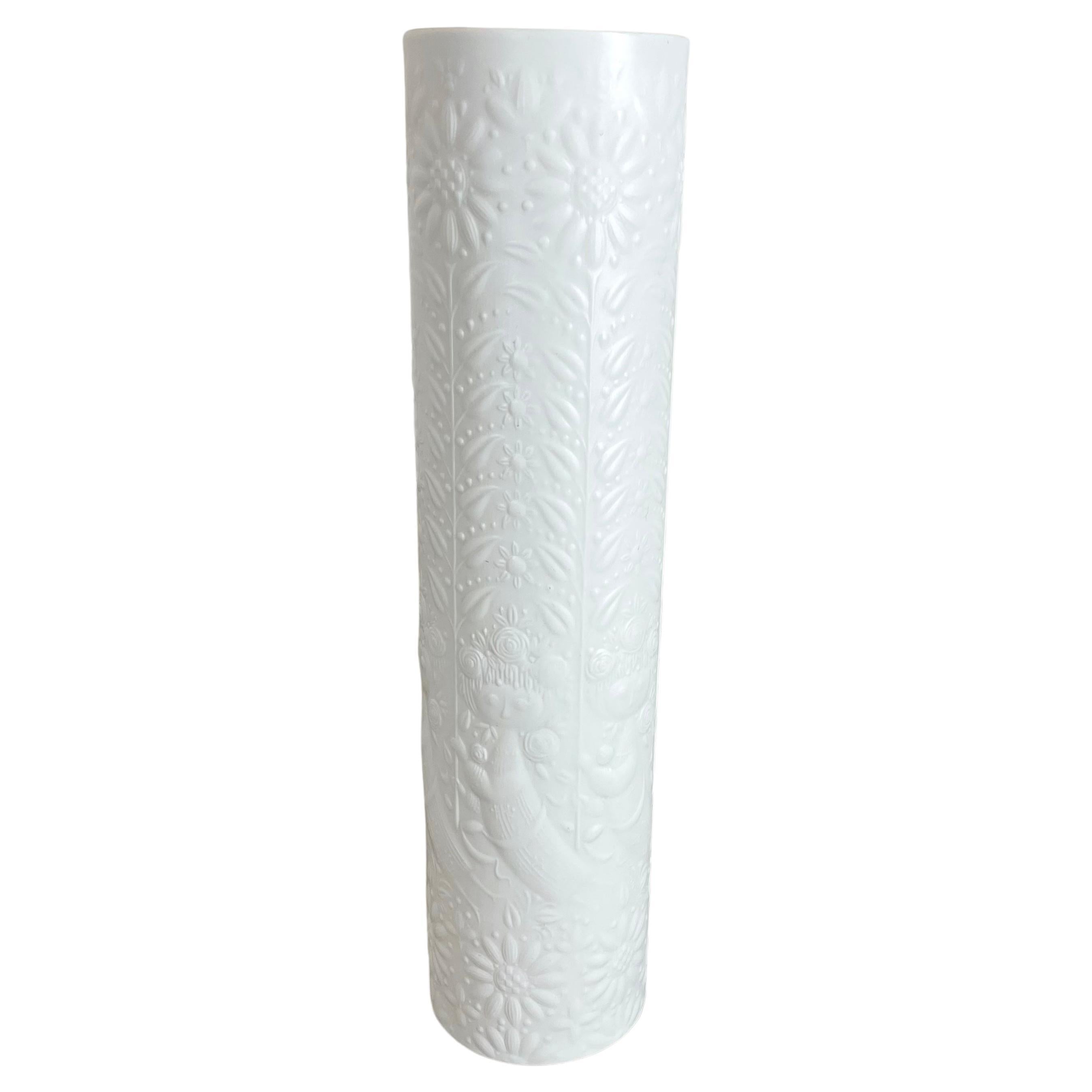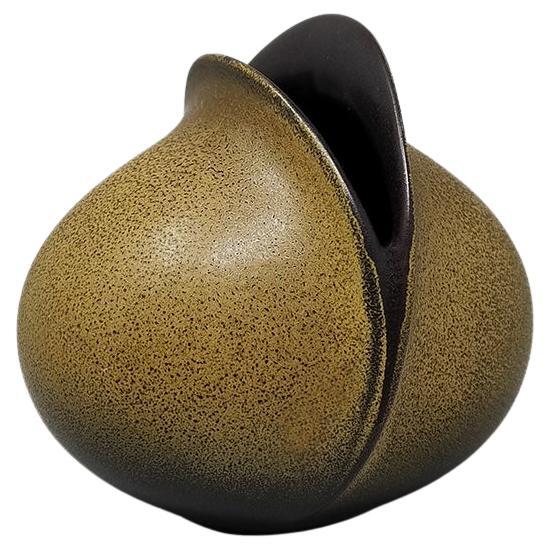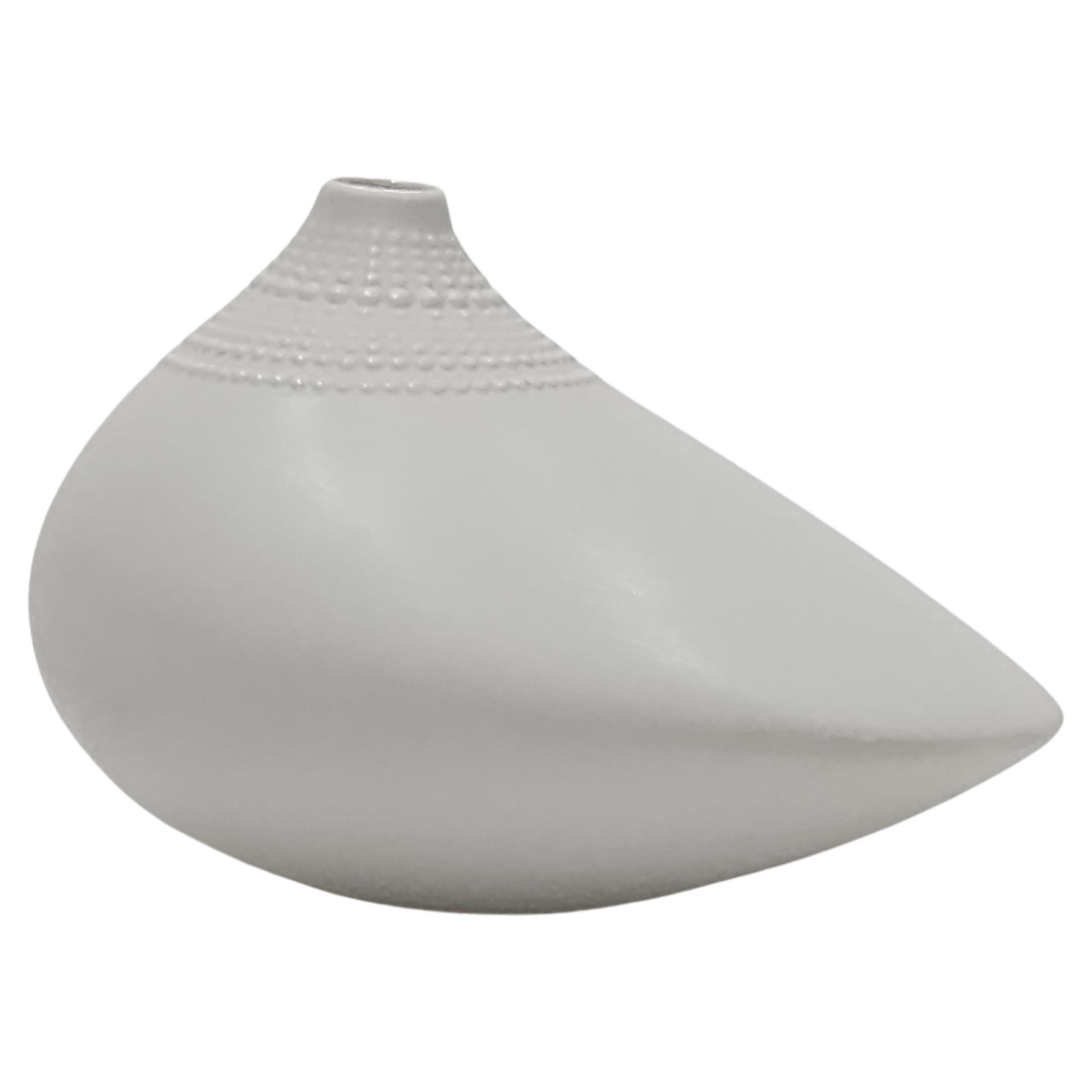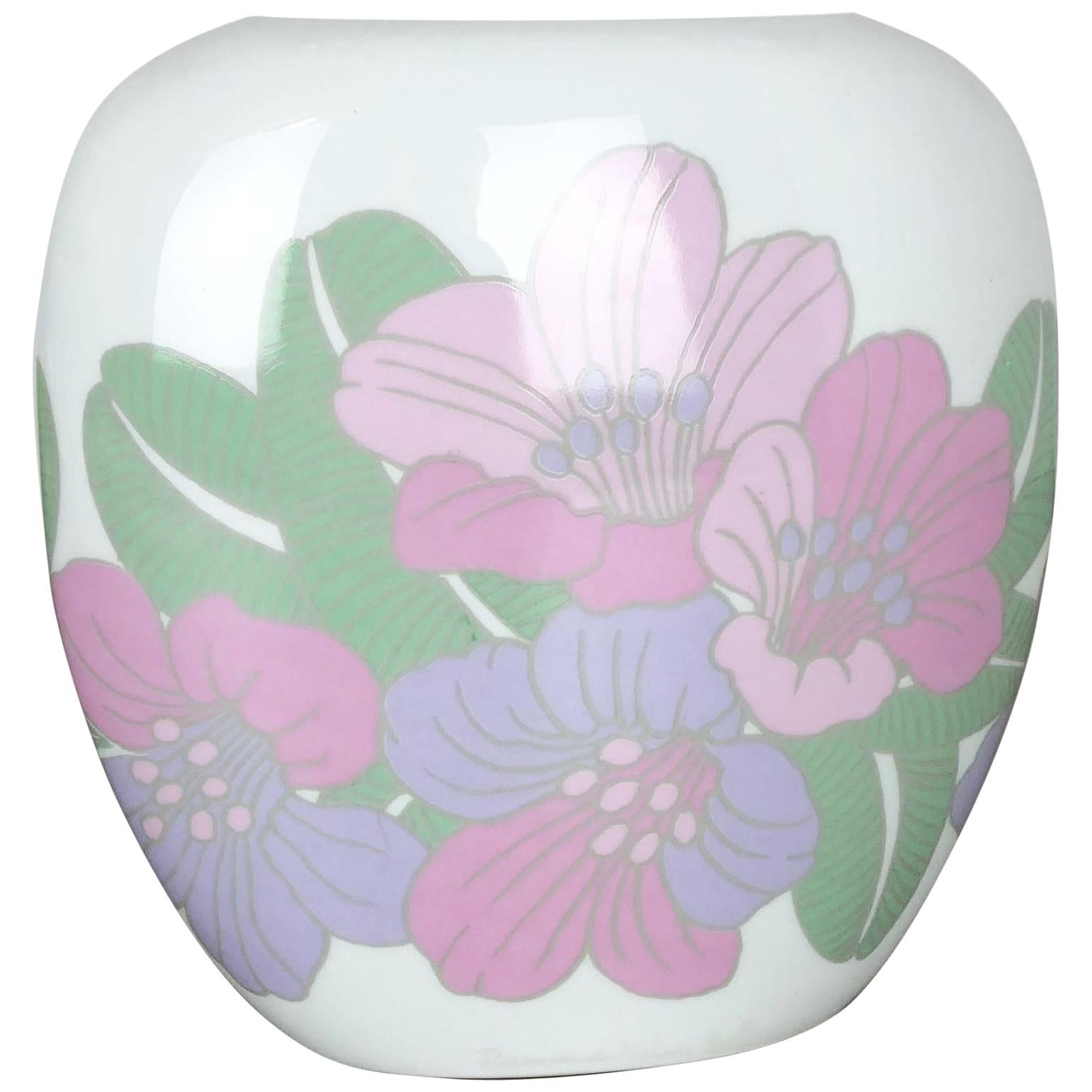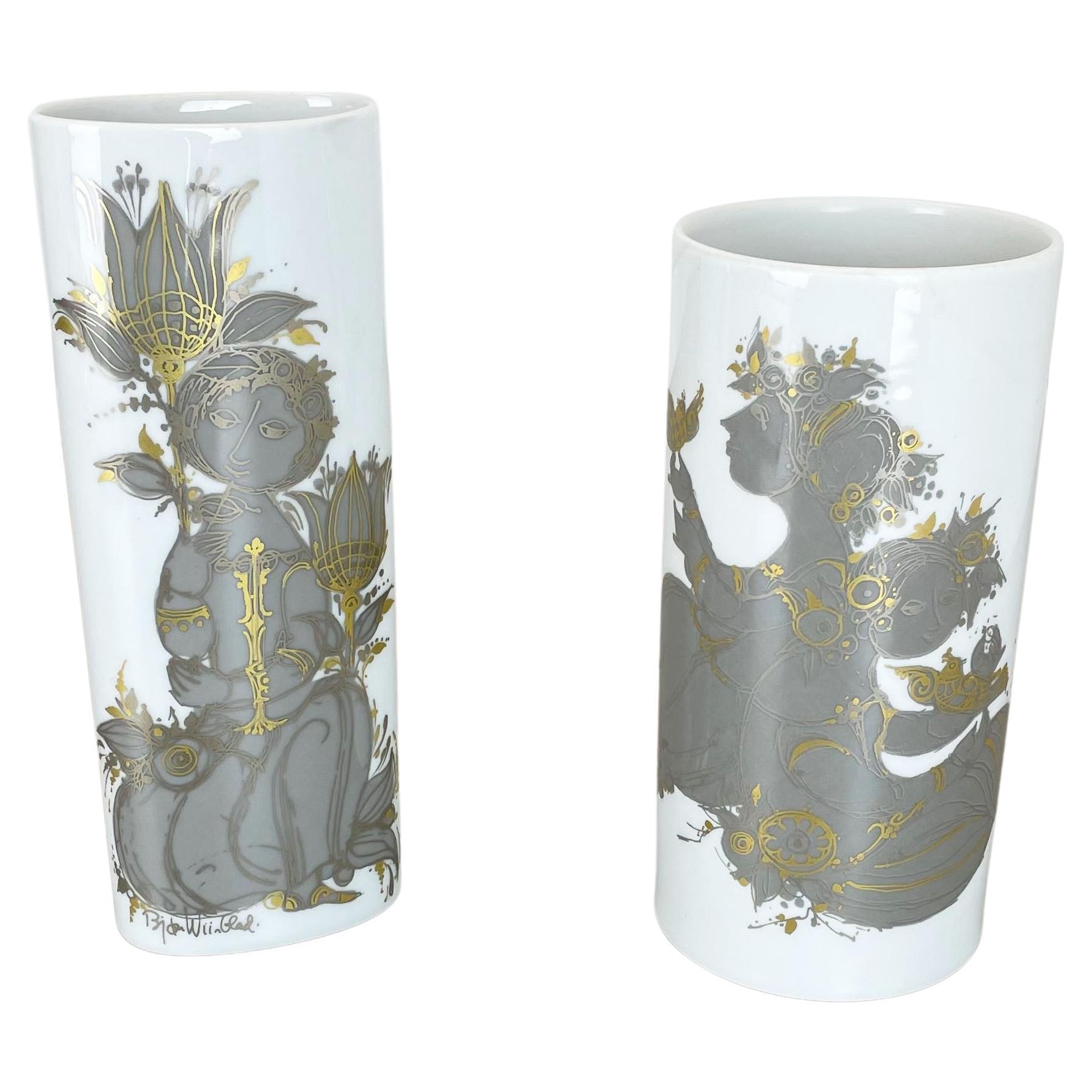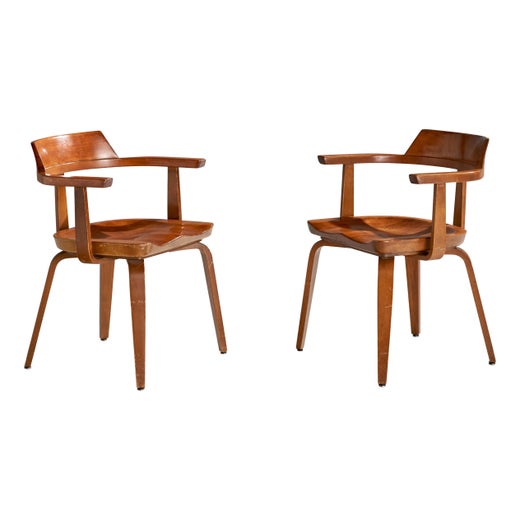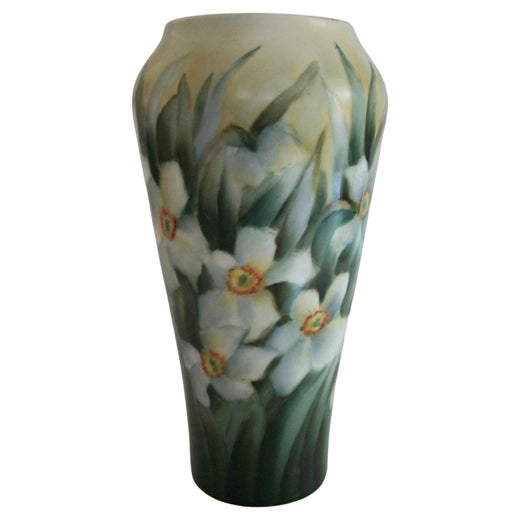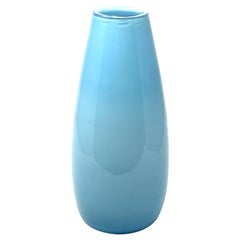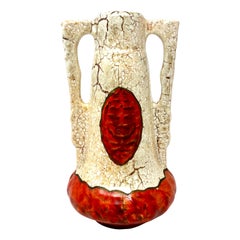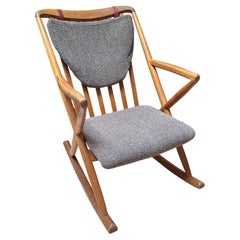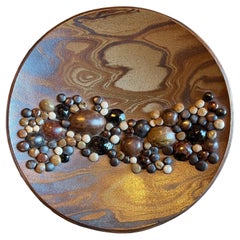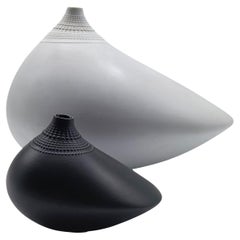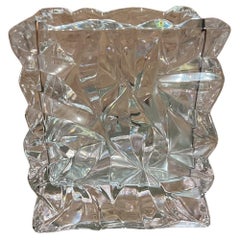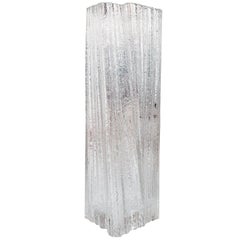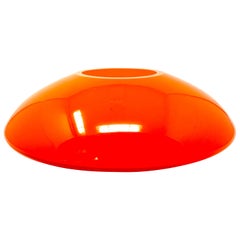
1970s Orange Glass "UFO" Vase by Walter Gropius for Rosenthal Studio
View Similar Items
1970s Orange Glass "UFO" Vase by Walter Gropius for Rosenthal Studio
About the Item
- Creator:Rosenthal (Manufacturer),Walter Gropius (Designer)
- Dimensions:Height: 3.25 in (8.26 cm)Width: 11 in (27.94 cm)Depth: 11 in (27.94 cm)
- Style:Space Age (In the Style Of)
- Materials and Techniques:
- Place of Origin:
- Period:
- Date of Manufacture:1970s
- Condition:
- Seller Location:Sacramento, CA
- Reference Number:1stDibs: LU7299235849952
Walter Gropius
As the founder of the Bauhaus — the German art and design school that was one of the chief crucibles of modernism — Walter Gropius had a central and enduring impact on the architecture and design of the 20th century and beyond. Along with fellow Bauhaus principals such as Ludwig Mies van der Rohe and Marcel Breuer, Gropius championed a philosophy of design focused on simplicity, efficiency and the inherent beauty of steel, glass and other industrial materials.
Born in Berlin, Gropius followed in his architect father’s footsteps and after completing his studies was employed by the brilliant proto-modernist designer Peter Behrens. Gropius’s early architectural work demonstrated many of the aspects that define the modernist aesthetic: ribbon windows, an emphasis on light and minimal decoration. Gropius became known primarily as a great organizer, writer and teacher. After military service in World War I, he developed concepts of what are now called the applied arts — a marriage of creative imagination with practical skill and technology. These notions drove Gropius’s founding of the Bauhaus in 1919. The school would welcome many of the great creators of the 20th century, including Paul Klee, Laszlo Moholy-Nagy and Josef Albers. After the independent-minded college fell afoul of the Nazi regime in the 1930s, Gropius immigrated to the United States, and finished out his years on the Harvard faculty.
Gropius produced far fewer furniture designs than his fellows on the Bauhaus faculty, but what he did make has a purity of form and spirit. As you will see from the works offered on 1stDibs, Walter Gropius never compromised his vision of design that encompassed beauty, creativity and the highest level of technical skill.
Rosenthal
While the Rosenthal Porcelain Factory grew from humble decorating roots — as many pottery companies do — it eventually built a list of universally revered designer and artist partners that included Andy Warhol and Salvador Dalí. And after securing an enviable position as a top manufacturer of serveware and dominating the porcelain and bone china markets, Rosenthal expanded into furniture production, working with influential designers Verner Panton, Luigi Colani and Günther Ferdinand Ris and Herbert Selldorf.
German-born Jewish businessman Philipp Rosenthal founded the company in 1879 in Bavaria. It began as his modest workshop where he painted porcelain and encountered success with porcelain ashtrays. Rosenthal hired the best designers and clay modelers he could find. Adolf Oppel designed figurative Art Nouveau pieces, while Eleonore (Lore) Friedrich-Gronau produced decorative objects, namely her graceful porcelain dancer figurines, for the company.
Dinnerware, though, would be a Rosenthal mainstay. Between 1904 and 1910, Rosenthal produced its renowned dinnerware lines such as Donatello, Darmstadt and Isolde. These were introduced as unornamented white pieces — only later were they given their underglaze designs.
Rosenthal founder Philipp, a Catholic of Jewish ancestry, resigned in 1934 as the company’s president due to pressures owing to discriminatory German laws that took shape during the rise of the Nazi regime. Rosenthal died in 1937, and the family fled to America. The company would not regain its footing until 1950 when Rosenthal’s son, Philip, joined the firm and, in 1958, became chairman and dubbed Germany’s “China King.” At its peak, the company had 10,000 employees.
In the 1950s, Rosenthal’s modernist dinnerware was a significant part of the brand’s offerings, and by 1961 they introduced the famed Rosenthal Studio Line. Although furniture designers and ceramicists would lead the list of individuals working with Rosenthal — among them Tapio Wirkkala, Max Weber and Lisa Larson — the company eventually reached out to fine artists, not only Dalí and Warhol but Sandro Chia and Kenny Scharf. Rosenthal also collaborated with fashion designers Gianni Versace and Donatella Versace.
In a daring move in 1972, the company diversified into furniture, collaborating with some of the giants of mid-century modern design. The revolutionary Sunball chair, an icon of Space Age seating crafted by Selldorf and Ris, was among Rosenthal’s stellar successes in this venture.
On 1stDibs, find vintage Rosenthal ceramics, porcelain, tableware, seating and more.
More From This Seller
View AllMid-20th Century Italian Mid-Century Modern Vases
Art Glass
Vintage 1920s Czech Art Deco Vases
Pottery
Vintage 1970s Thai Scandinavian Modern Rocking Chairs
Teak
Mid-20th Century American Mid-Century Modern Wall-mounted Sculptures
Stoneware
Late 20th Century Swedish Modern Paperweights
Art Glass
Mid-20th Century Italian Mid-Century Modern Decorative Dishes and Vide-P...
Ceramic
You May Also Like
Vintage 1970s German Mid-Century Modern Vases
Art Glass
Vintage 1970s German Mid-Century Modern Vases
Porcelain
Vintage 1970s German Mid-Century Modern Vases
Art Glass
Vintage 1960s German Mid-Century Modern Vases
Art Glass
Late 20th Century German Mid-Century Modern Vases
Porcelain
Late 20th Century German Mid-Century Modern Vases
Glass
